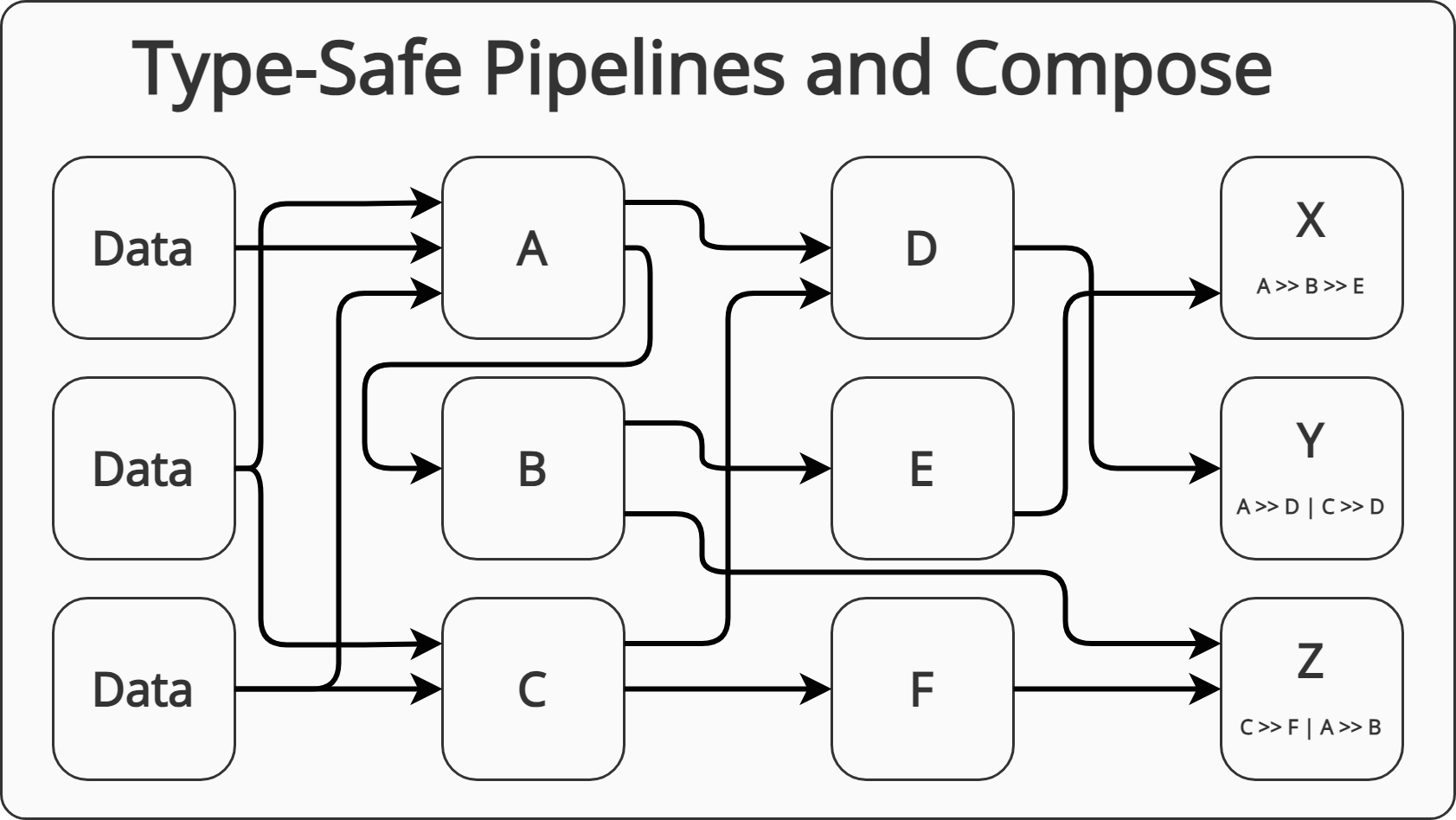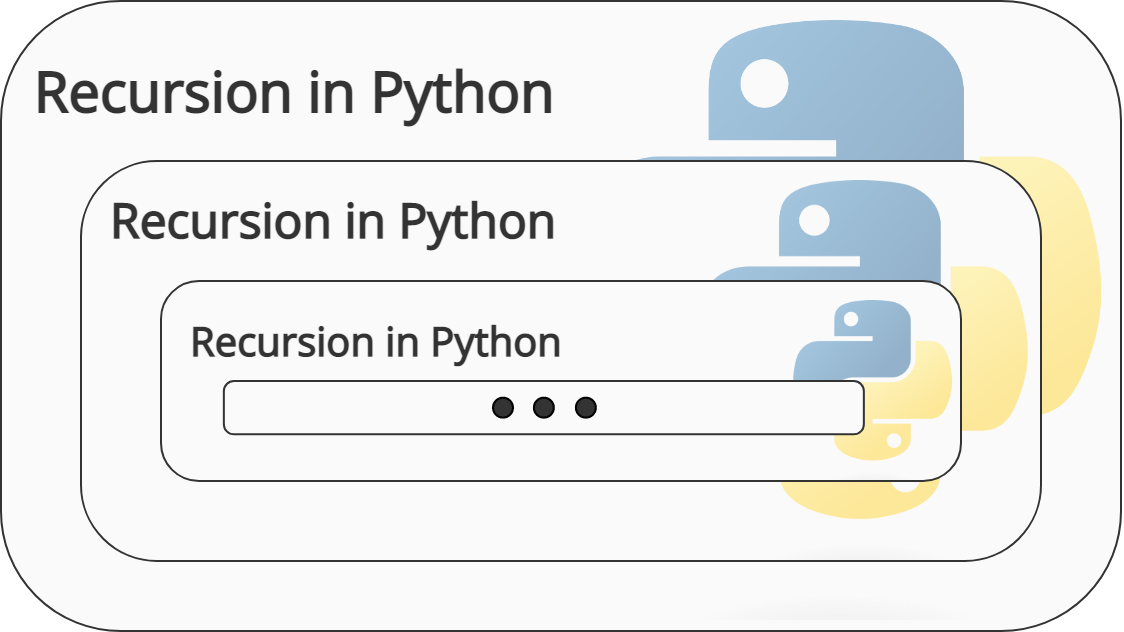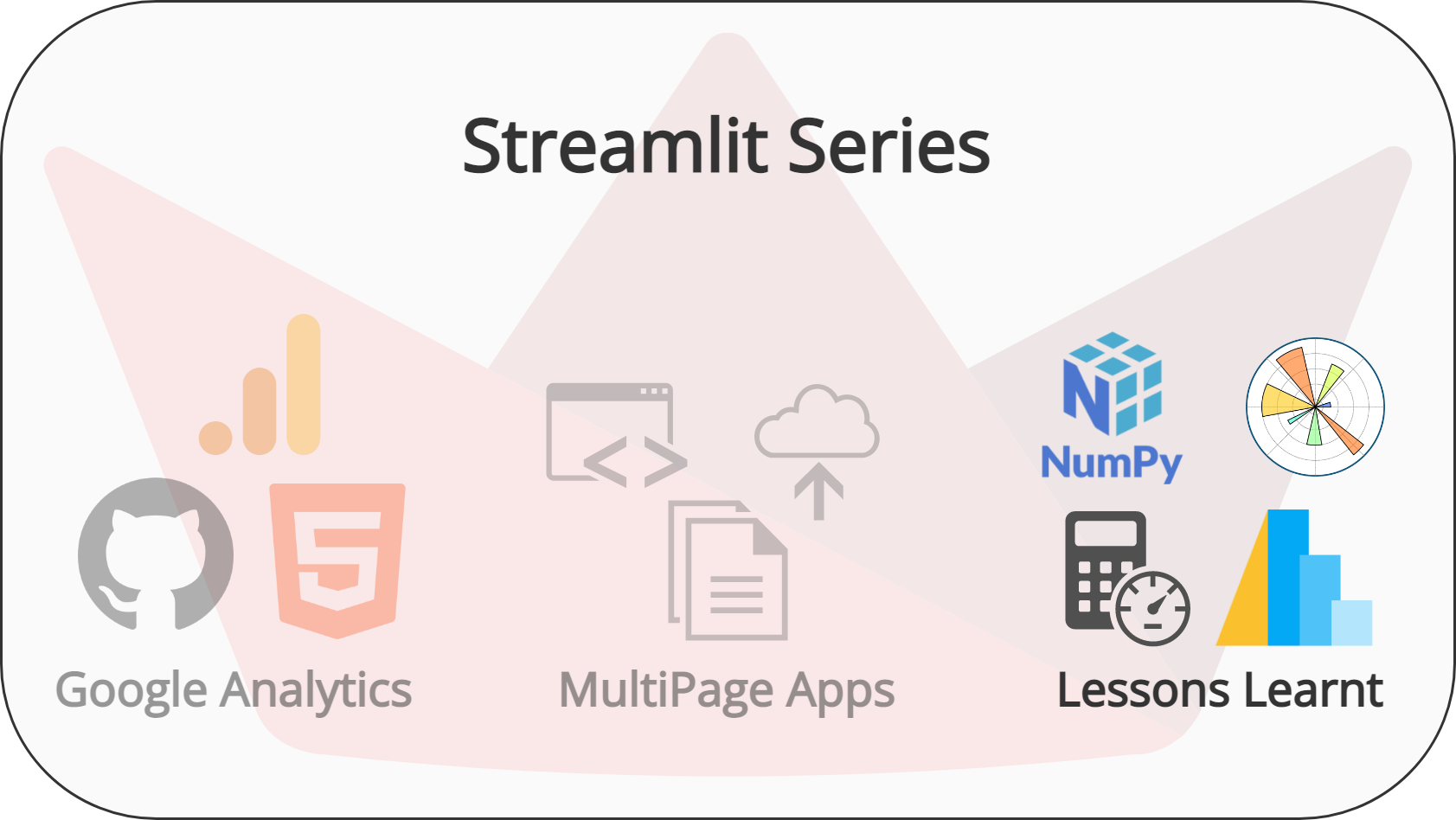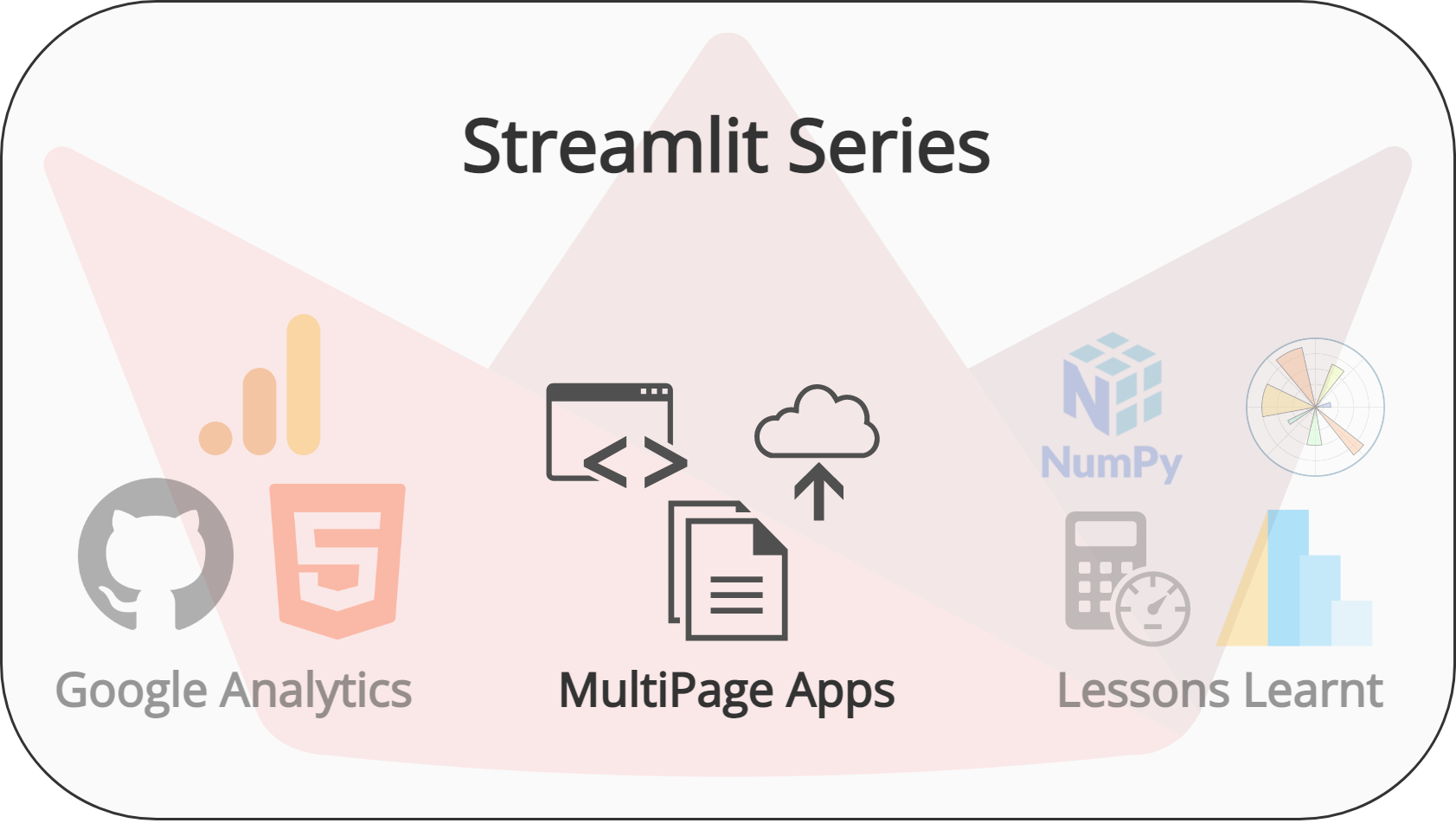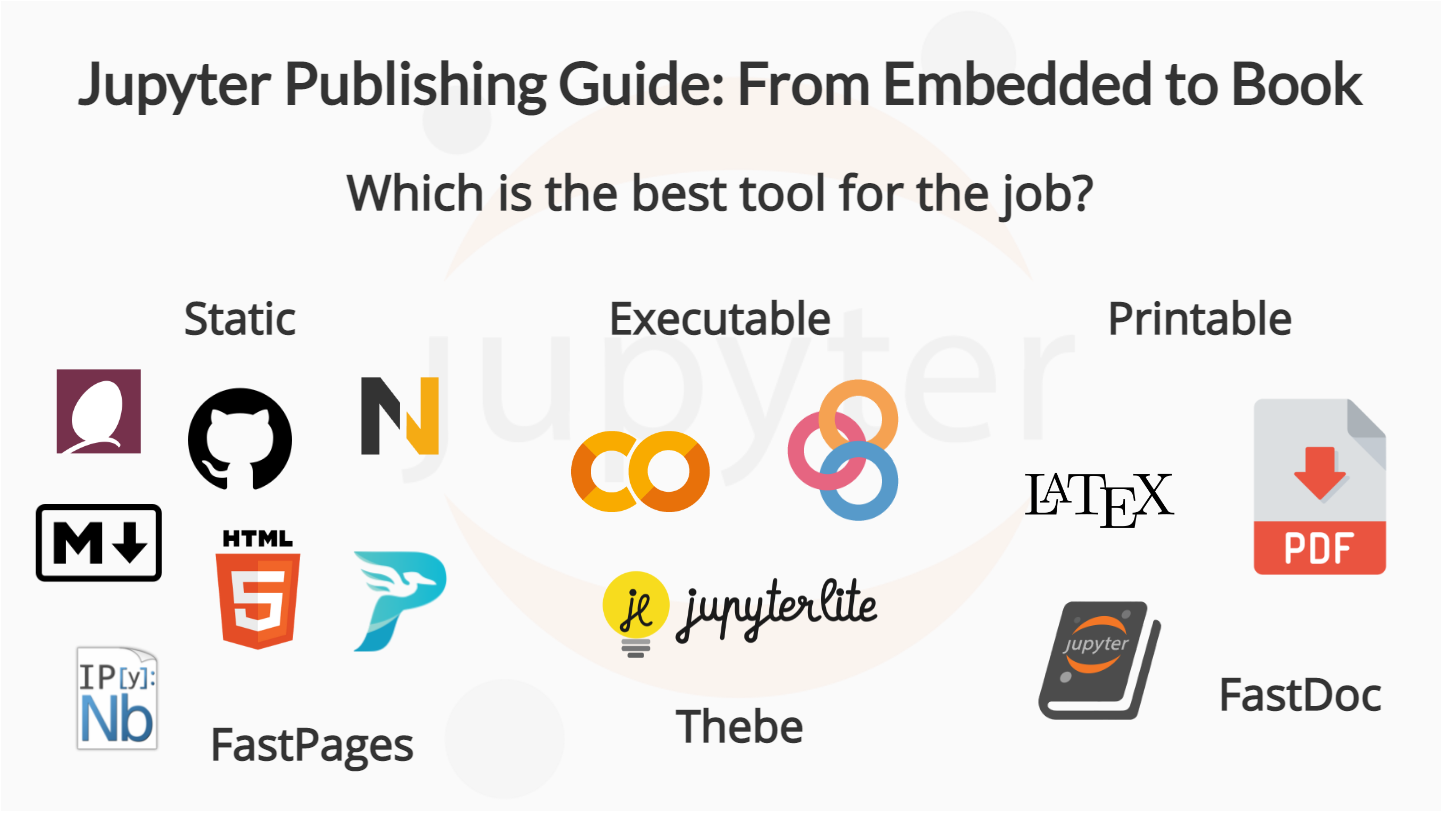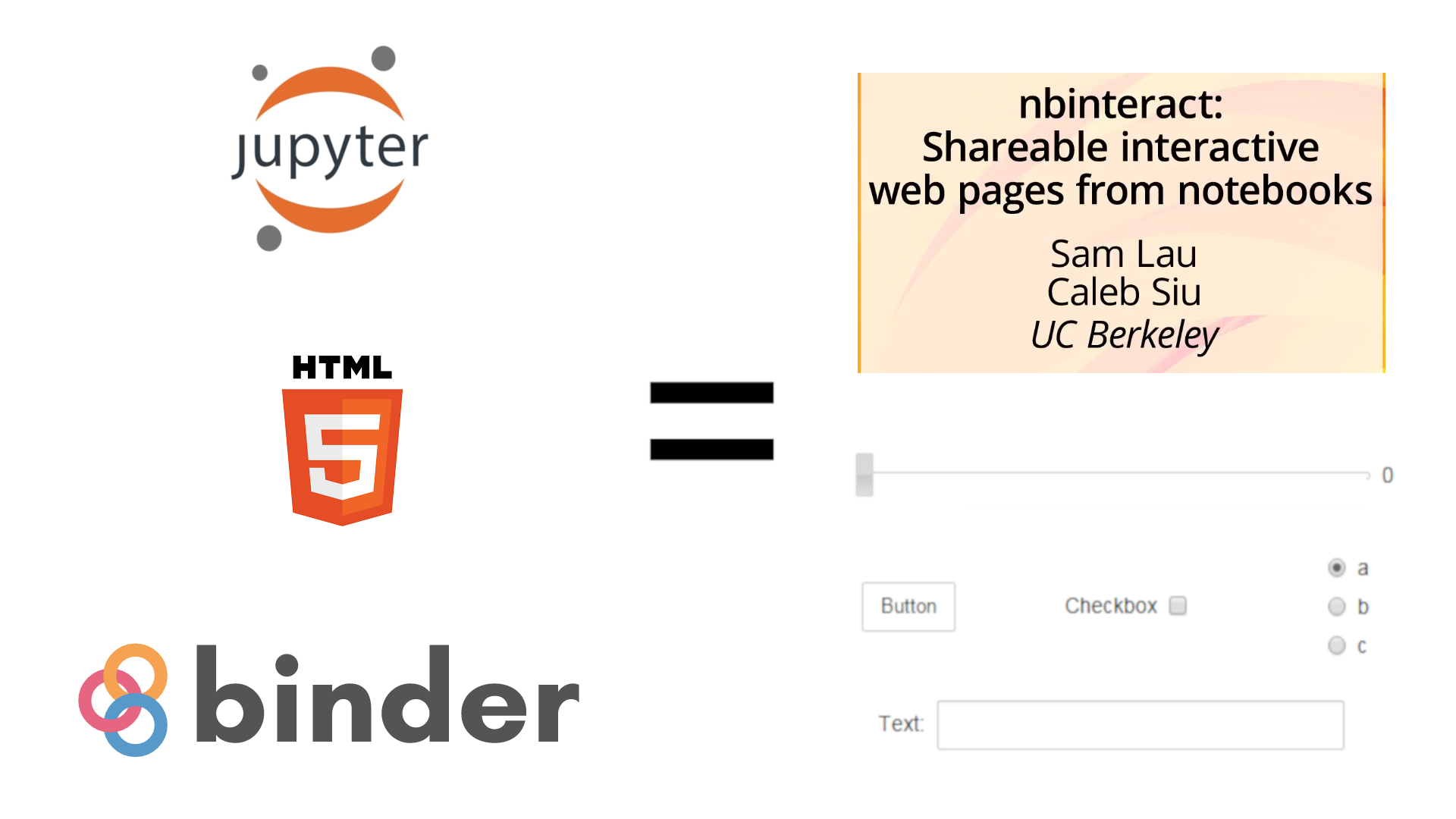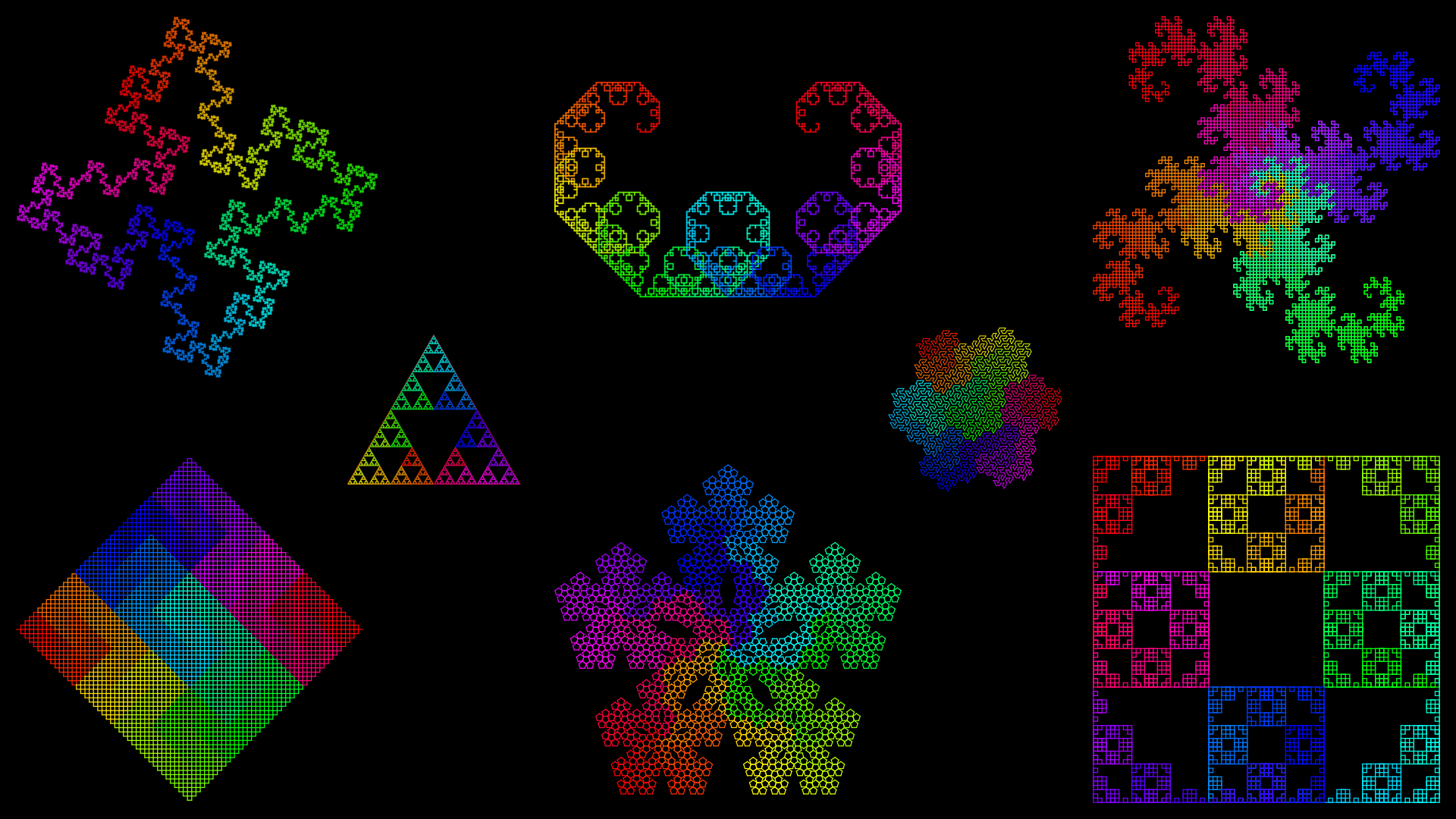When dealing with multiple transformations that run sequentially, one could leverage the compose function to create pipelines. This article shows different way to implement them in a type-safe way. All the code was written using pure Python 3.11 and MyPy 1.5.1 and PyLance v2023.9.20
Type-Safe Pipelines and Compose
